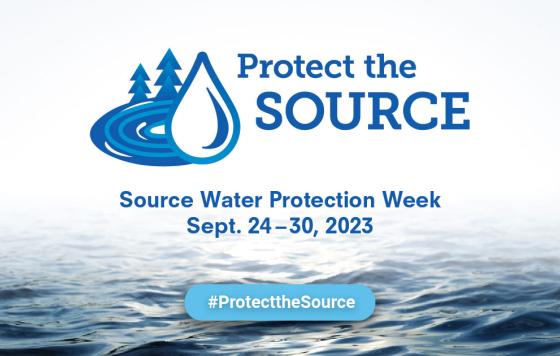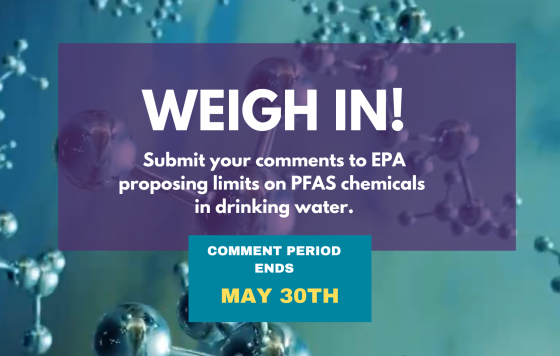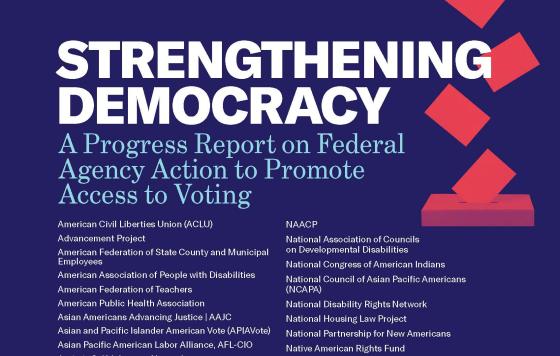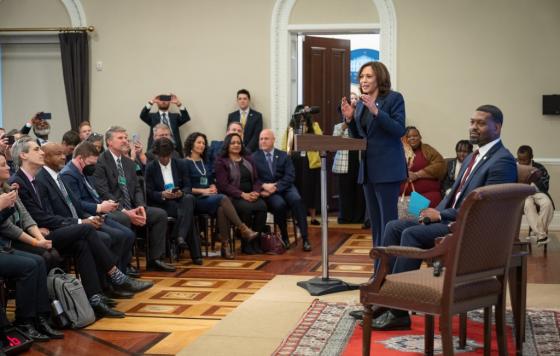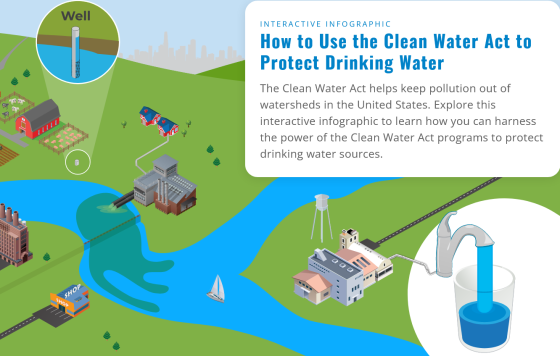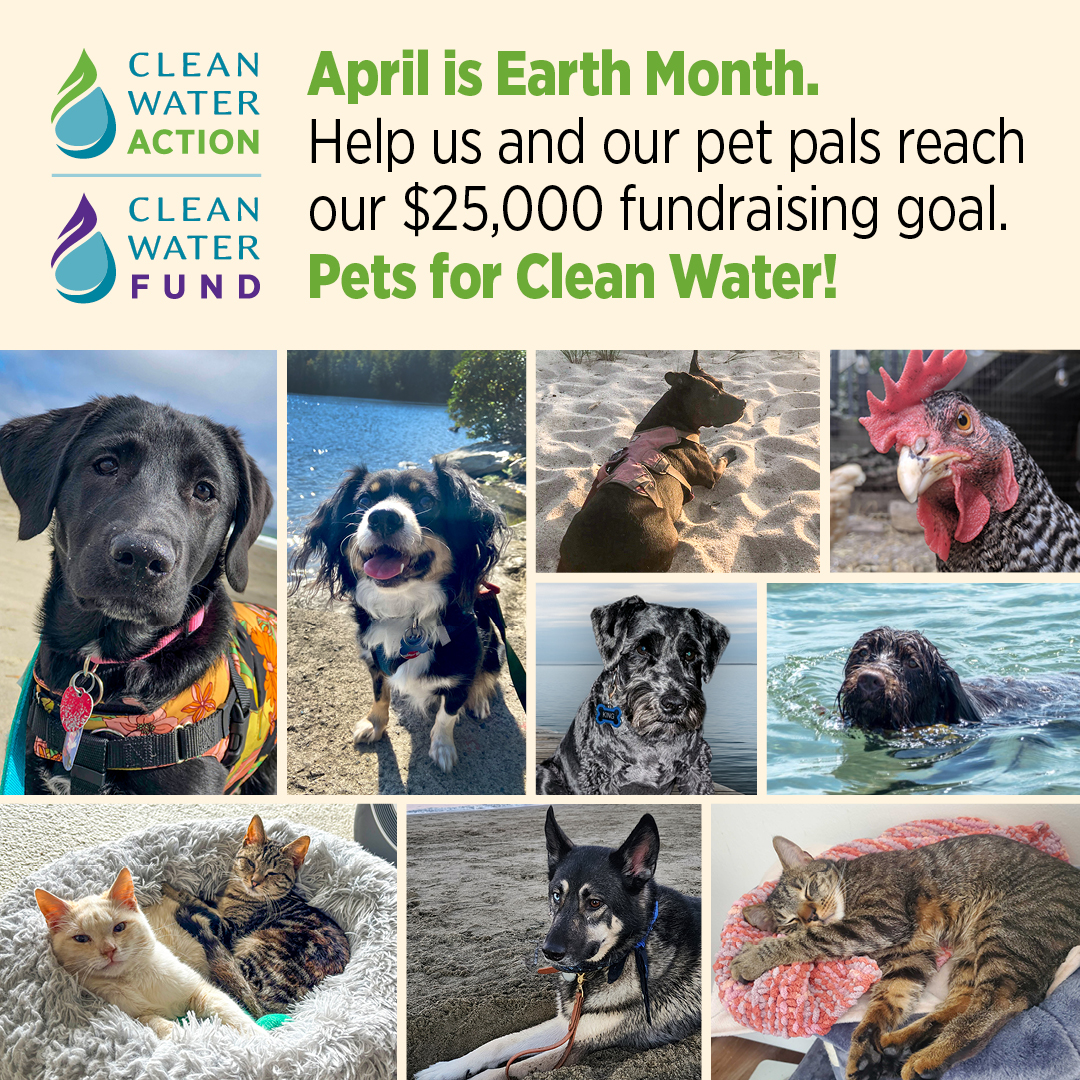Campaigns Director
Lynn oversees the organization’s national work on water, global warming and energy and chemical policy. She is particularly involved in drinking water issues, and has served two terms of the National Drinking Water Advisory Committee which advises the US Environmental Protection Agency on drinking water policy. Lynn has also served on a number of other Federal Advisory Committees and other bodies working on drinking water regulation.
Before coming to Clean Water in 1999, Lynn worked at Greenpeace for 9 years with an emphasis on toxics and health issues. She began work in the advocacy community 25 years ago after completing undergraduate and graduate work in American History at Georgetown University. Lynn is a DC native.
Publications
Letter to EPA: National Primary Drinking Water Regulations for Lead and Copper Rule Improvements
Clean Water Action/Clean Water Fund Comments on EPA Proposed Drinking Water Regulations for PFAS Chemicals, May 2023
Letter to Congress: Support The Environmental Justice For All Act
Comments on EPA Lead & Copper Rule Revisions Review (Summer 2021)
Clean Water Action comments on EPA's proposed revisions to the Safe Drinking Water Act's Lead and Copper Rule
Clean Water Action and Clean Water Fund respectfully submit these comments regarding the Environmental Protection Agency (EPA) National Primary Drinking Water Regulations: Proposed Lead and Copper Rule Revisions.


